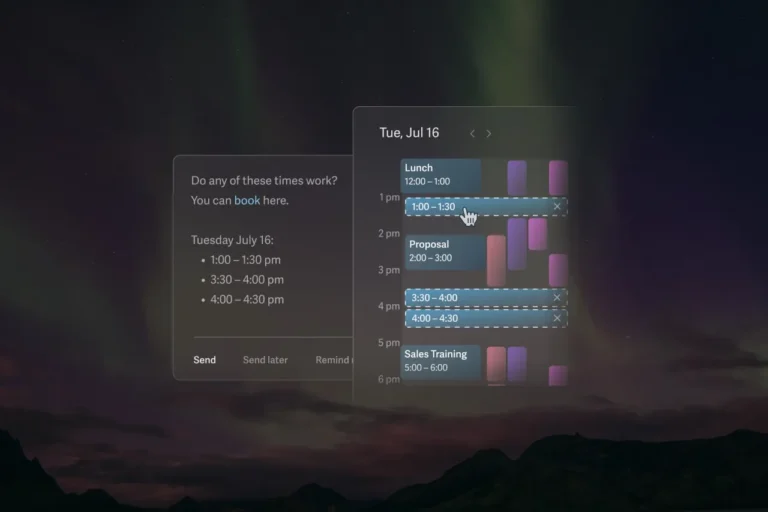Trending Article
MIT’s Breakthrough in General Purpose Robot Training
In the whimsical world of “The Jetsons,” robots like Rosie effortlessly handle household chores, showcasing a future where automation seamlessly integrates into daily life. However, the reality of training general-purpose robots is far more complex and fraught with challenges. Traditional methods often involve collecting task-specific data, which is both time-consuming and expensive, limiting a robot’s ability to adapt to new environments or tasks. Fortunately, researchers at MIT have made significant strides toward overcoming these hurdles with a revolutionary approach that could redefine how we train robots.

A New Paradigm for Robot Training
The key innovation from MIT involves a versatile technique that synthesizes a vast array of heterogeneous data into a single system capable of teaching robots a diverse range of tasks. This approach aligns data from different sources, including simulations, real-world applications, and various sensor modalities like vision and robotic arm encoders. By converting these diverse data types into a unified format, researchers have developed a method that allows robots to learn more effectively and efficiently.
Lirui Wang, an electrical engineering and computer science (EECS) graduate student and lead author of the study, emphasized that the challenge isn’t just the lack of data but the diversity and variability of the data itself. “In robotics, people often claim that we don’t have enough training data. But another big problem is that the data come from so many different domains and modalities,” he explained.
Learning from Language Models
To create a more robust training process, Wang and his team drew inspiration from large language models (LLMs) like GPT-4. These models are pretrained on extensive datasets, allowing them to perform well across a variety of tasks with minimal task-specific data. By adopting a similar strategy for robotic training, MIT’s researchers developed a new architecture called Heterogeneous Pretrained Transformers (HPT).
HPT employs a transformer model—similar to those used in LLMs—to unify the various types of input data from different robots and tasks. This architecture allows the system to process vision inputs, proprioception data (which tracks the robot’s movement and position), and other sensor information in a consistent manner. Each data type is represented as tokens, creating a cohesive input that the transformer can understand.
Building a Massive Dataset
One of the significant challenges in developing HPT was the creation of a comprehensive dataset for pretraining. The researchers amassed data from 52 different datasets, totaling over 200,000 robot trajectories. This dataset encompassed diverse categories, including human demonstration videos and simulation data, ensuring that the model would be exposed to a wide range of scenarios.
Proprioception data, crucial for enabling dexterous movements, was also a focus. Wang explained that maintaining the same number of tokens for both proprioception and vision allows the model to equally value different types of sensory input. This balance is vital for teaching robots to execute complex tasks that require fine motor skills.
Enhanced Performance and Adaptability
The results of testing HPT were promising. The approach led to a more than 20% improvement in robot performance compared to traditional training methods. Notably, HPT demonstrated its effectiveness even when the tasks were significantly different from the pretraining data, showcasing the system’s adaptability.
David Held, an associate professor at Carnegie Mellon University’s Robotics Institute, highlighted the importance of this research. “This paper provides a novel approach to training a single policy across multiple robot embodiments,” he stated. “It enables training across diverse datasets, significantly scaling the size of the datasets robots can learn from.”
The Future of Robotics Training
Looking ahead, the MIT team aims to explore how increasing data diversity could further enhance HPT’s performance. They also plan to develop HPT’s capabilities to process unlabeled data, much like how LLMs operate. The ultimate goal is ambitious: to create a universal robotic brain that can be downloaded and implemented without the need for extensive training.
“Our dream is to have a universal robot brain that you could download and use for your robot without any training at all,” Wang expressed. While still in the early stages, this vision reflects a broader aspiration in robotics—to create systems that can learn and adapt independently, much like human beings.












Pingback: Oppo Reno 13 Launch Date And Specification